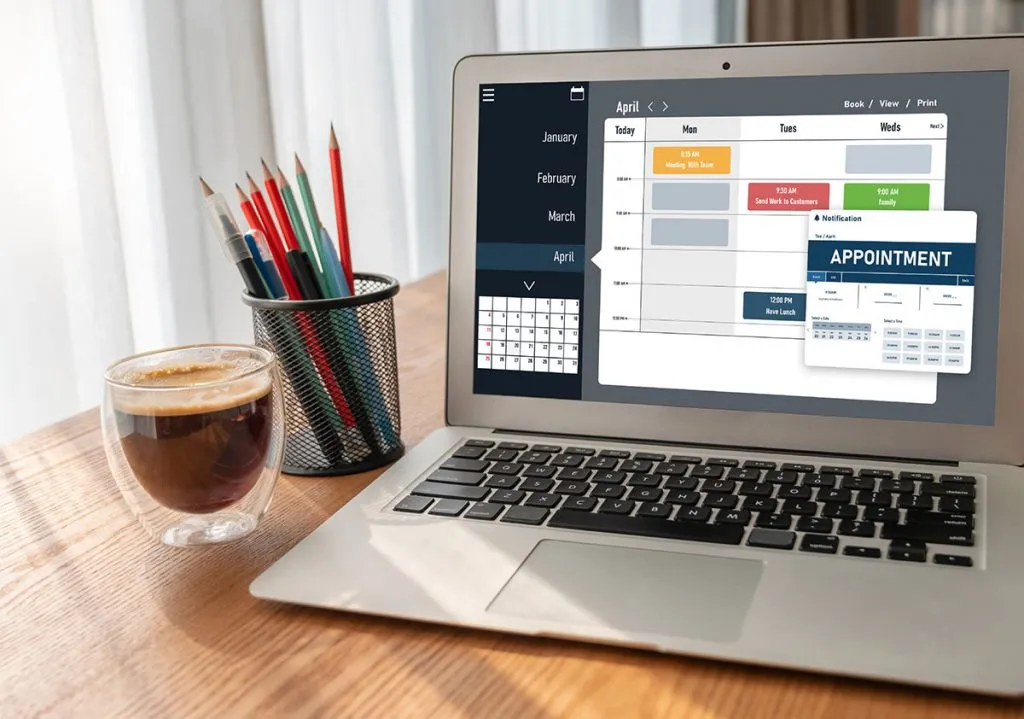
Such a cute little name. A widget sounds like a dinky little gizmo that you cannot remember the proper title for, but you know it’s still essential in keeping your gadgets together. Don’t lose the widget! ‘Hand me that widget till I get this rocket working again’! In fact, the name widget, comes from the word gadget. And what a useful gadget/widget it can be!
In computer terms a widget is ‘an application, or a component of an interface, that enables a user to perform a function or access a service’ according to the Oxford Dictionary and it is also a word for the aforementioned unspecified mechanical gadget. Examples of software widgets include buttons, dialogue boxes, pop-ups, drop down menus, switches, windows, form and so much more. Widgets allow users to interact with other apps or websites. So, you can guess just how important the humbly named widget is in the world of computing. Widgets are not Apps or Applications. They are similar in that both are computer programs, but Apps must be downloaded before they can be used while widgets do not require the user to click on them in order for the programs to start running.
There are widgets on your smartphones or android phones that present specific information from applications on the phone. This might include extracting information on the time, the date, weather, or the football scores of your favourite team.
In computing terms widgets are an element or a tool in a content management system or CMS website that play an essential part as the building blocks of the webpage. Each widget has a function. The widget allows for the display of information or provides a specific way for a user to interact with the operating system (OS) or an application. When building a website, widgets can be dragged or dropped on to a page to display text, videos etc or indeed to add functionality. They may show lists in a particularly useful way, or they may be ‘log in’ widgets, prompting usernames and passwords. Computer development languages such as Java come with a library of widgets for a programmer to use when building and to modify to their own website needs. Widgets are responsible for those annoying pop-ups, for those useful drop-down menus and for the ever-popular live chat functions. Then there is the most commonly used widget of all. The humble calendar widget. Without this, would you really know what day it was and where you are supposed to be?

Widgets are responsible for those annoying pop-ups, for those useful drop-down menus and for the ever-popular live chat functions. Then there is the most commonly used widget of all. The humble calendar widget.
Standard widgets are the widgets that are in constant and continuous use. They are tried and tested with efficient features, a user-friendly reputation and usually giving a smooth performance. These include date and time picker widgets, dropdown widgets, checkbox widgets, menu bar widgets. Basically, work horse widgets that facilitate what your need your website to do on a daily basis. Like the nuts in our car tyres and the cables in the lift, once installed, we never think about them again – unless something goes wrong! Widgets can stop working, disappear or present problems for a variety of reasons. Removing and adding them again is the widget equivalent of turning off and on again. It often works. Bespoke or Custom Widgets can be developed by smart web developers (and we have some very smart ones in Dmac Media!) and involve writing a small computer programme to make a custom widget which will implement the new function or task. Widgets encourage your users to stay a while as smooth functionality increases click-through rates and can help display your company and products in a more engaging way. Widgets are the cogs that keep the wheels functionality working smoothly.
Go Widgets.